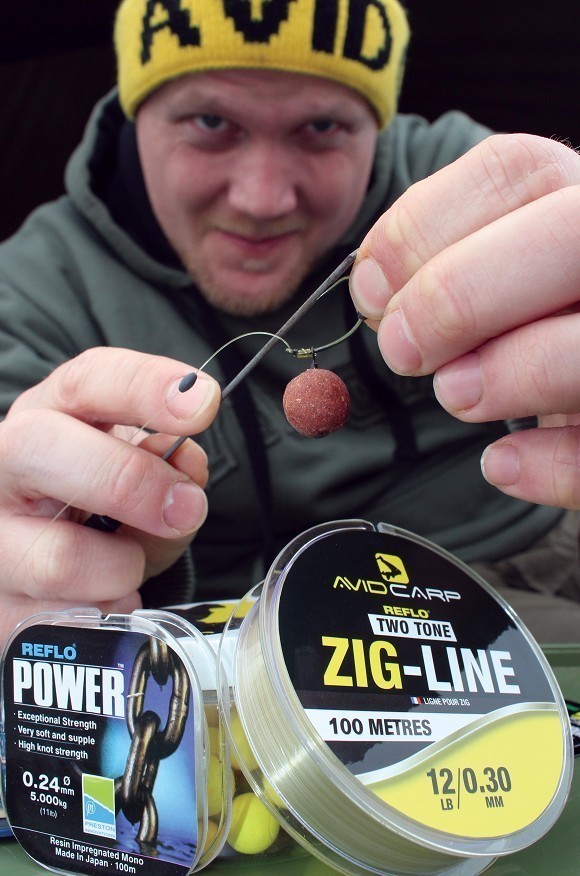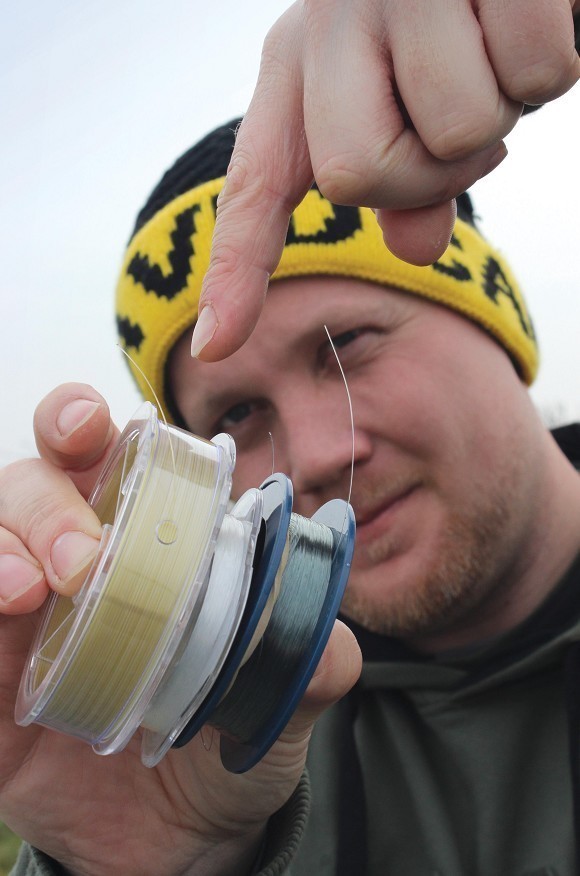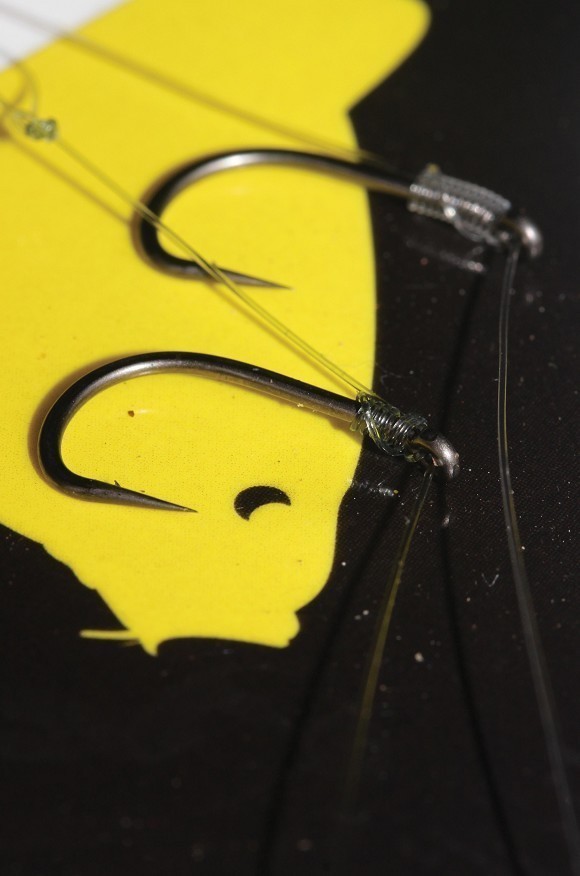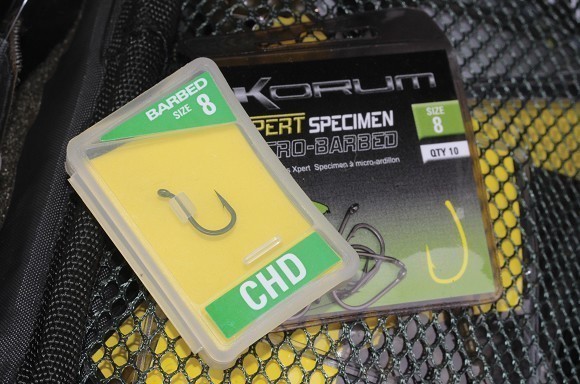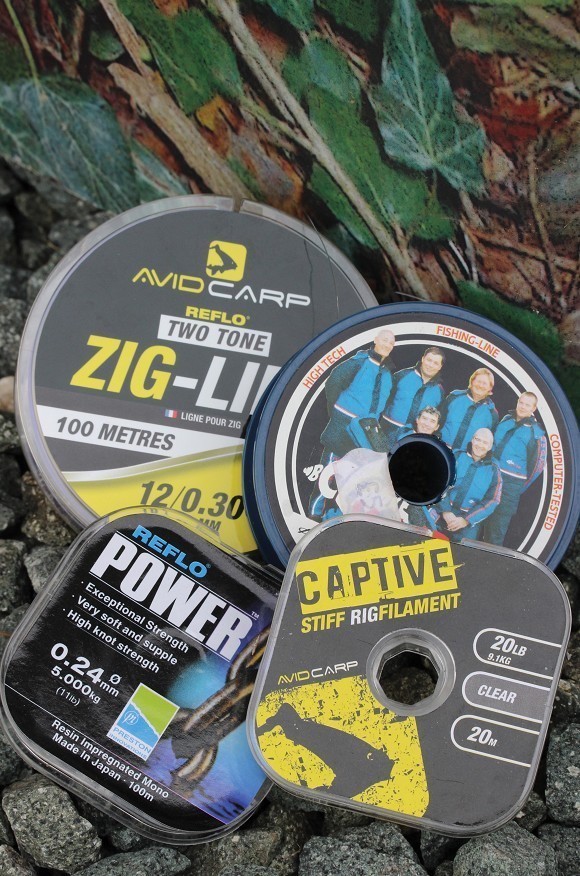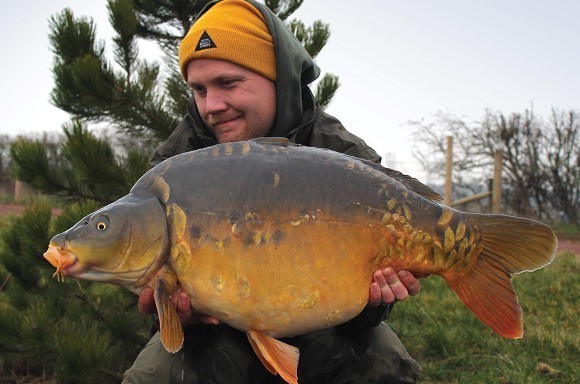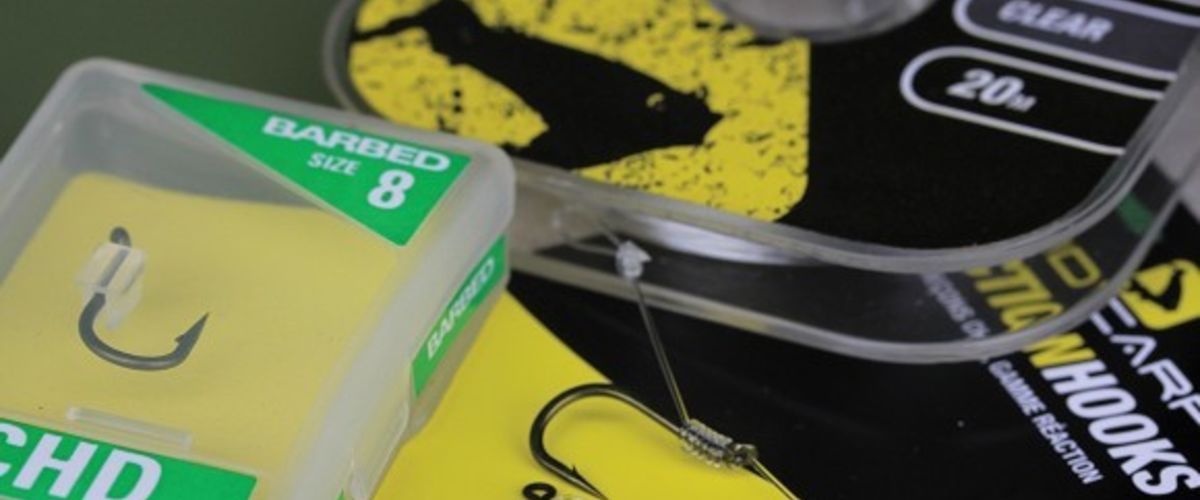
Why you should use mono hooklinks
Avid Carp’s Brand Manager, Mat Woods looks back at an 80’s classic: the mono hooklink, revealing some must-knows and new 21st century tweaks and tricks
Historically, back in the ‘good old days’ (yawn), everyone fished with monofilament hooklinks. Why? Because, well, that was all they had! It’s mad that most of us are happy to have metres and metres of our main line out in the pond but if you told someone to use it for their rigs they’d look at you like you were a bit backwards. “That’s a bit 1980s son,” they’d chuckle. “Have you not been to a tackle shop for a few years mate?”
I can remember Jon Finch telling me about how when he was a poor student, he always used his main line for rigs on Horseshoe because all the other hooklinks were too expensive for him. After a few good sessions and big hits, his spools were a bit under-filled! Whilst everyone else was using braid, he was caning the place on Pro Gold.
When you consider the properties of mono, it makes sense as a hooklink, especially as there are so many options in terms of stiffness, diameter, colour and abrasion resistance. Using light mono as a hooklink is where I’ll begin, as I suppose that’s what many people imagine in their mind’s eye when talking about rigs tied from mono.
The correct line: Choosing the right line is essential. Pick proven, durable match lines, not finesse fly fishing materials.
Extra movement: Make sure the hookbait has free movement. Sometimes a mono Hair can restrict this.
The right pattern: Hook choice is crucial with mono rigs. Make sure the gape stays open and that hook is razor sharp.
The benefits are simple. It’s hard to detect, it offers a greater degree of movement than something like a coated braid and you can almost be certain nobody else will be using it! Whilst most are happy to use 0.23mm for their Zig Rigs, you rarely see anybody use it for their bottom bait fishing – myself included!
With lighter monos, choosing a good one is imperative. Some lines can withstand a lot of abuse, whilst others are finesse lines designed for catching one trout and then getting thrown in the bin. So choose wisely. I tend to carry a few options, which most of you who have done a lot of Zig fishing will know about. WB Clarke in 0.22mm is awesome for floater work and Zigs in open water, whilst Preston Innovations’ Reflo Power Line is probably the most robust clear monofilament of all time. Match anglers use this stuff to drag 500lb or more of double-figure carp out on their feeder rods, so it’s as tough as old boots! I used to switch to this when the weed got up, but now I use the Avid Carp variant of the same material, the new Zig Line. It’s outrageously strong, smooth and kink-resistant, making it the ultimate mono for carp fishing. Its two-tone construction also makes it very difficult to see underwater, so whether on the lakebed or fished with a Zig, it’s simply the bollocks!
When it comes to lighter lines and hook choices, I don’t mind using a hook with a straight or in-turned eye. The lightness of the material means the gape isn’t closed too much, so it works nicely. If in doubt, tidy up with a bit of silicone.
I also like to tie the Hair in the KD style, creating something like Steve Renyard’s ‘Simple Complicated’ rig. It seems to hang the hook below the hookbait nicely at the point it is picked up, giving you more chance of finding hold, in my experience. You get a real finesse with this approach, but use it wisely. You don’t want to lose a unit to an unseen snag!
When it comes to thicker monofilaments and stiffer ones, this is where the rigs require more thought, in my opinion. The semi-stiff, fast sinking nature of something like a standard 15-20lb mono is great to cast almost anywhere, it kicks the hookbait away from the lead and ensures it stays pretty much unseen. You also get the insurance policy of the added toughness and durability.
In this instance, I would usually look at being more selective with the hook choice and hooking arrangement. At the moment I can’t bring myself to use anything other than my favourite German Rig, so if I’m using it with thick mono, which I often do, I put the rigs on a rig board for a while. This tends to prevent the mono closing up behind the eye.
If going really stiff, like using a stiff rig filament, then it’s out-turned eye hooks all the way. Jon ‘Shoes’ Jones used to catch a few using a normal Hair with stiff rigs, but I prefer a D rig set-up. I think it gets cleaner hookholds and helps everything behave more naturally. It’s nice if your hookbait moves around like a freebie, so the D rig is usually my first choice.
The stiffer materials have their benefits in an anti-eject sense, as once picked up it’s hard for them to retreat the way they went in, if that makes sense, but this brings presentation issues. A stiff rig can sit up off a soft lakebed like a crane if presented incorrectly, so use something like a Helicopter rig or keep the stiff rigs for cleaner lakebeds where you can.
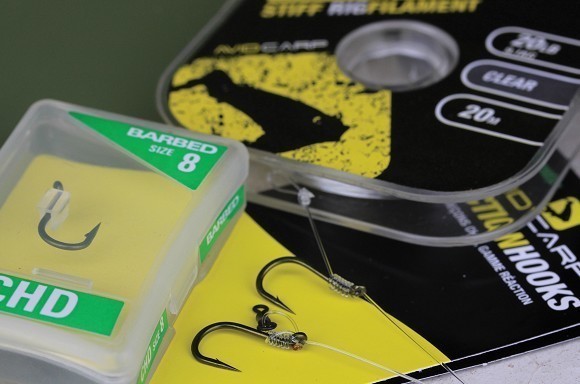 With stiff materials, a ‘D’ rig arrangement definitely gives the hookbait more movement and helps the rig behave more effectively
With stiff materials, a ‘D’ rig arrangement definitely gives the hookbait more movement and helps the rig behave more effectivelyMonofilament is a superb material and one we rely on for so much of our fishing. Ignoring it as a hooklink might not be a wise decision. With angling pressure increasing all the time and the carp seemingly wising up faster than ever, throwing them a curve ball with a different presentation and a new idea could be the key to unlocking your target venue. History is exactly that. But only fools ignore it!





